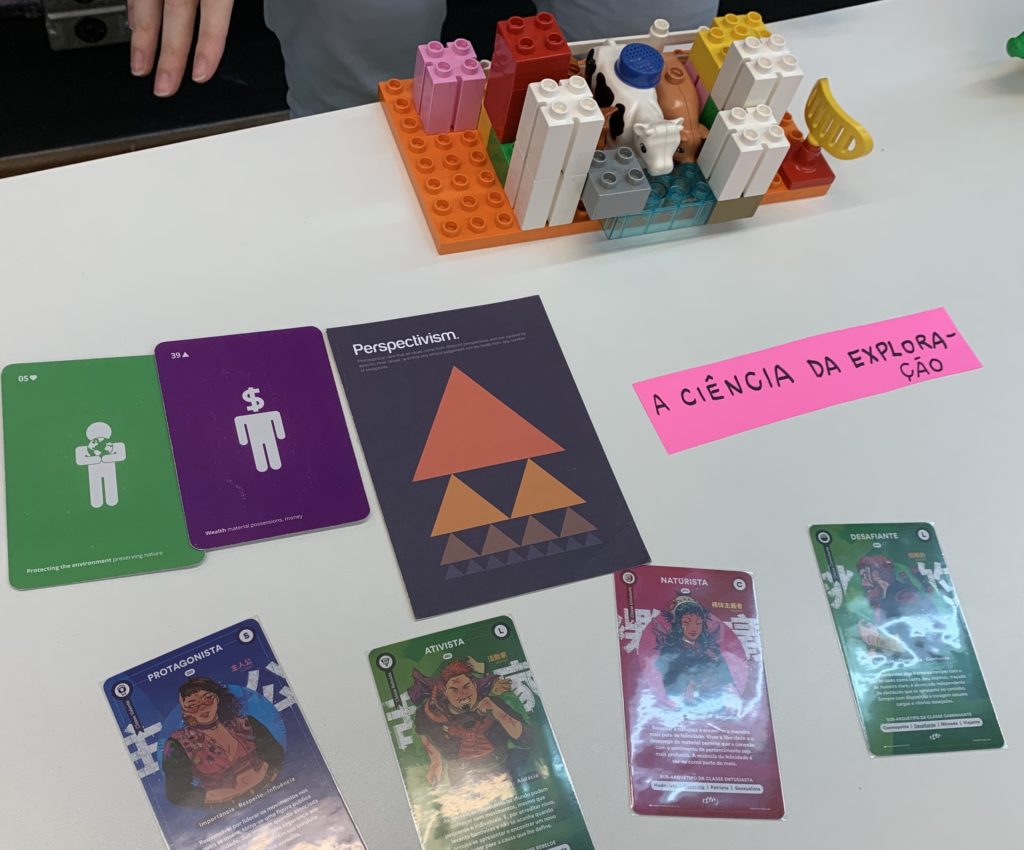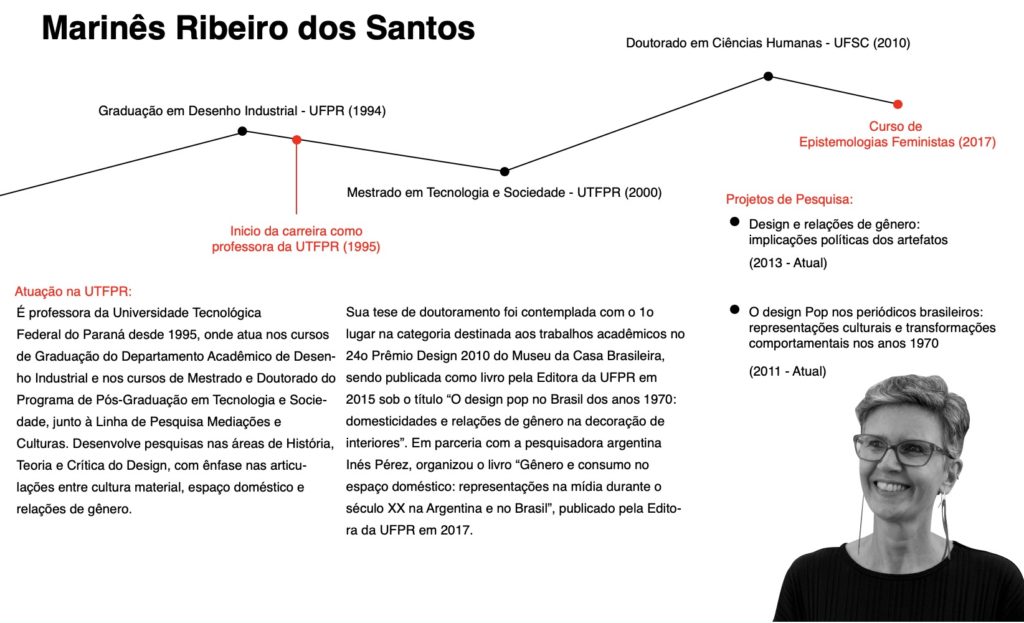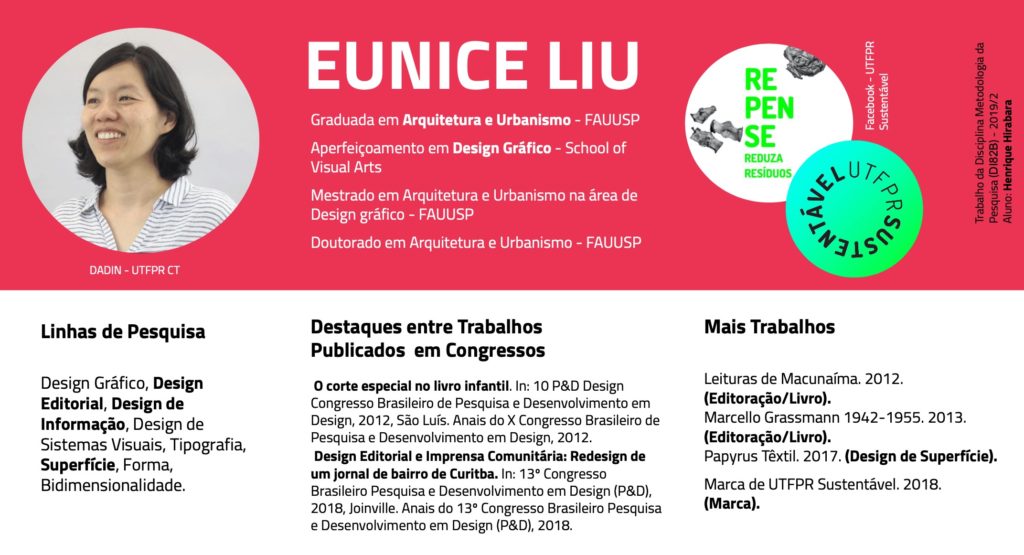Research Methodology is a 30 hours course from the Graphic Design bachelor at UTFPR. It is an introduction to scientific, academic, and design research, with the proper distinctions. After this course, students are ready to think about the research they want to conduct in their final work.
My approach to this course becomes quite unusual as I try to let students share what they already know about research instead of teaching them a particular way of doing it. I find this essential to keep them entertained with a topic that is usually considered boring.
I begin by discussing Philosophy of Science from a critical perspective. Instead of describing the characteristic of Science, I tell them that I accept the existence of multiple sciences. Furthermore, I accept that there is plenty of valuable knowledge in human society that is not scientific. Within this pluralistic view of science, I ask students to represent one type of “science” using a combination of cards from multiple card decks and a Lego Serious Play model. Students usually speak about “exploitative science”, “questioning science”, “human evolving science”, and so on.
Interestingly enough, not a single student construct a vision of a “design science”. I ask why. Why is design not considered a science? We move on to discuss design epistemology, the designerly ways of knowing. We analyze a few artifacts and try to look for the knowledge they embed and the knowledge they required to be generated. If design is not a science, there is something scientific about it.
Digging deeper into the pluralistic view of science, each student selects a professor from our department to present her or his research to the class. They had to compile my colleagues’ lengthy CVs into a single slide, highlighting the most important achievements. Some beautiful works of synthesis came about.
Most of my colleagues have a mix of scientific, academic, and design research experiences. Students discover that a lot of research is employed in the practice of Graphic Design. At this moment, they get itchy for starting doing research. Their first exercise is a design research plan for a hypothetic startup, generated from a combination of values and philosophy cards draw randomly from the appropriate decks. They use UX Cards to plan the research.

They do not execute this plan though, since the course is short on contact-hours. The main assignment for this course is conducting a small scientific or academic research project aimed at trying out ideas for the final work. Before digging into their projects, I ask them to bring selected papers on the chosen topic and we discuss strategies for reading them. Some students like to highlight the important parts of the text and even color-code them.

After they are done with conducting the small research project, they come back to the class and start writing what they have discovered. Instead of writing on a computer, I prefer them to write each argument in a post-it and organize them on a board so that they can understand the impact of text structure and the role of language connectors. This is followed by the actual writing of the extended abstract (1000 words) in academic parlance. The abstract goes through one round of review from me so that students get a feeling of the peer-review experience.






